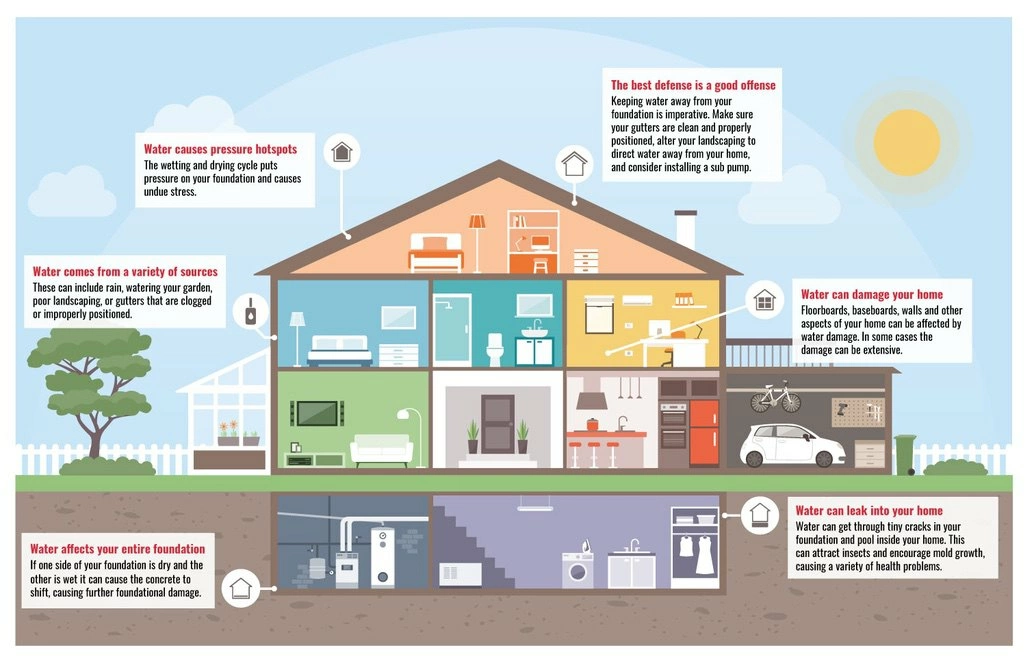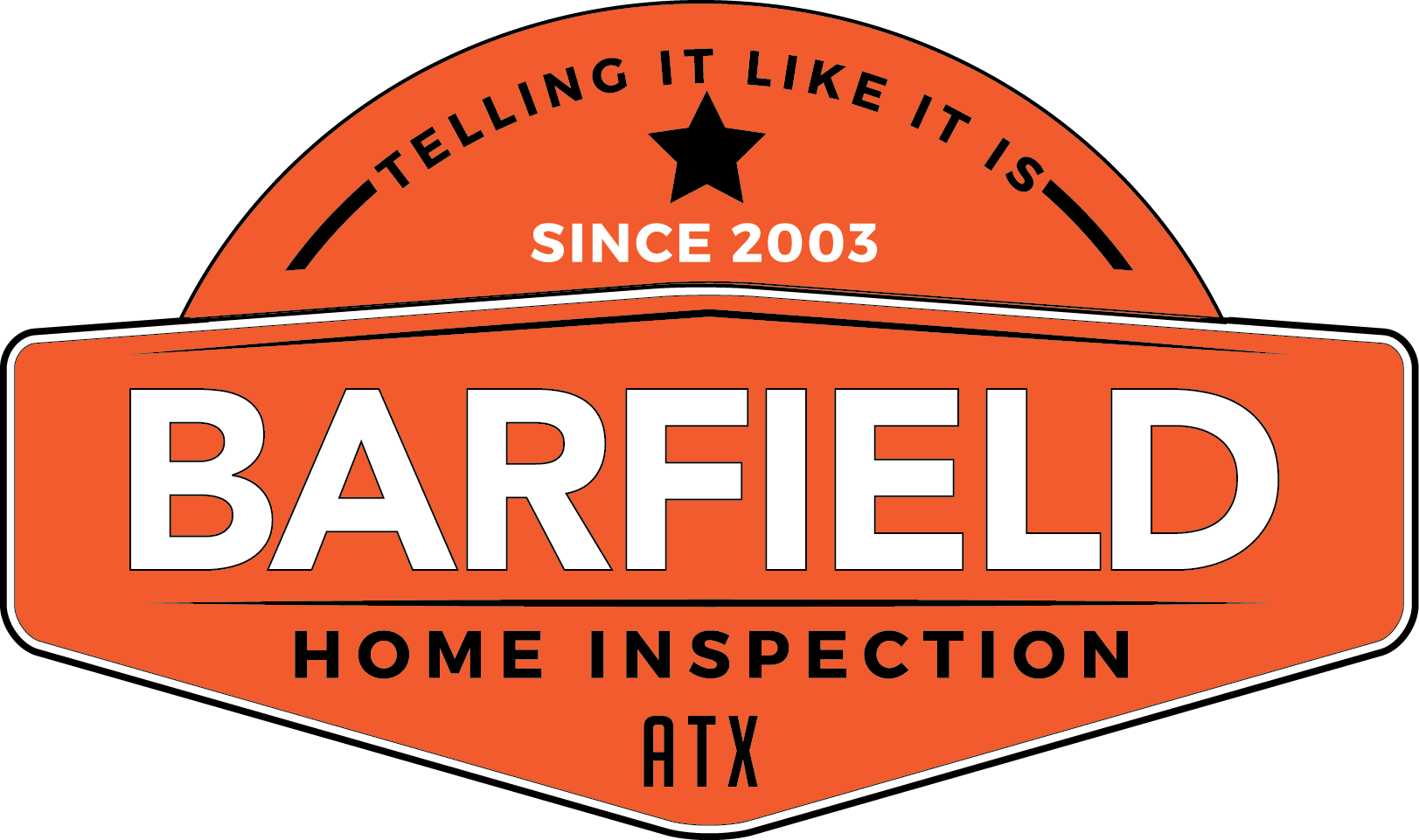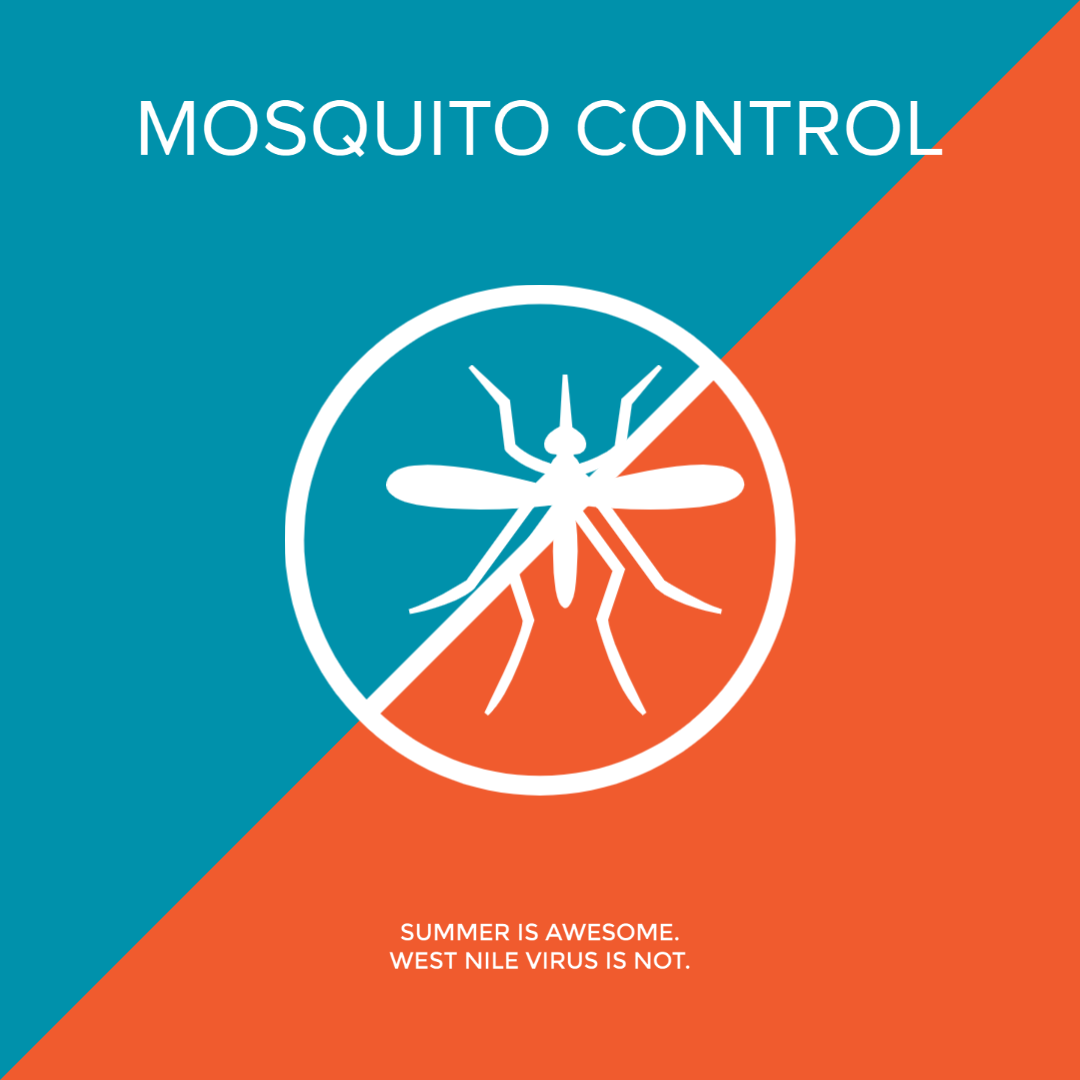
While we typically have to be concerned about high temps, drought, and water shortages this time of year, we have been gifted a refreshingly mild and wet early start to summer so far. We know the heat is coming, and drier forecasts along with it, but for now we have had a lot of homeowners report water pooling in their yards and near their foundations.
As we’ve talked about many times before, water is a home’s biggest threat. Here are a few ways this damage can occur:
- Water damage can impact your home’s interior and exterior, both with great impact and cost. Interior damage typically comes from a pike leak or burst, flooding the home from the inside out. Exterior damage happens when the landscape doesn’t properly flow away from the structure, or is otherwise trapped close to the foundation from obstacles like clogged gutters.
- The wetting and drying process puts stress on your home’s foundation as the soil around the home expands and contracts. Be aware of this, especially as we transition into the hottest months of the year.
- When one side of the foundation is wet but the other is dry, this difference can apply strain and cause the foundation to shift.
- Water can seep into the foundation through cracks, encouraging the growth of insects and mold.
While the stakes are high, most water damage to the foundation is preventable when a home is properly maintained. Here are a few tips to keep your home dry and keep water at bay:
- Make sure your gutters are cleaned and properly positioned
- Ensure landscaping slopes away from your home
- When necessary a French drain, a simple trench, can be installed to redirect water away from the foundation and most problematic areas of the yard
While rain is indeed a good thing, we don’t want water to pool up around your foundation. This is one of the many items we check for during the home inspection process. If you notice problems with your foundation, visit our Preferred Vendors page for a list of Central Texas professionals who can help ensure your home is ready for summer, no matter the weather!











